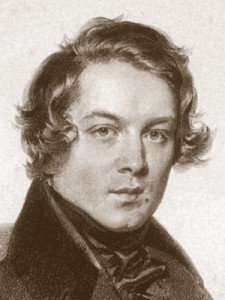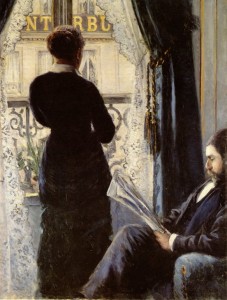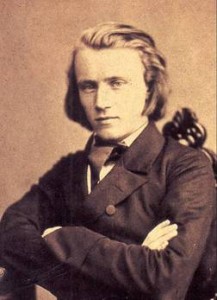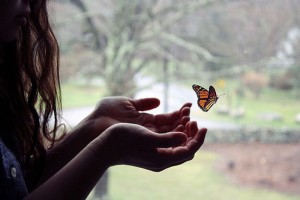UNA RIVOLUZIONE ebbe luogo nella black music proprio nello stesso periodo in cui i movimenti sociali degli anni Sessanta andarono a porsi al centro dell’attenzione negli USA e nel mondo. Con il soul e il jazz, ma qualcosa di altro apparve: un nuovo Groove. Il padrino del soul, lui stesso andò oltre il suo campo originario: “Papa’s Got A Brand New Bag”, del 1965. Spostò l’accento ritmico sulla prima e sulla terza battuta della misura, anziché sulla seconda e sulla quarta. E prese così il gospel e il jazz e sfidò tutte le regole. La chitarra che salta e il giro di basso: “fuori tempo” e urla a squarciagola.
QUESTA CANZONE è IL PROTOTIPO DEL BRANO FUNK. E qui iniziò il genere tutt’oggi saccheggiato ovunque: dalla pubblicità, al 90 % di tutto quello che sentiamo per strada, negli autobus, nella metropolitana, nelle musichette di entrata dei negozi. QUI è L’INIZIO DEL NOSTRO ORECCHIO INTERNO DI NOI OCCIDENTALI. QUI è IL SOTTOFONDO DELLA NOSTRA ESTETICA INCONSCIA: DAI 45 ANNI IN Giù.
IL CORPO, IL MOVIMENTO DEL BACINO, IL SOTTOFONDO DI NOI STESSI CHE FINALMENTE DOPO SECOLI, EMERGE IN TUTTI I COLORI DELLA PELLE DELLE GENTI.
James Brown preso da QUI
“[…] Come here sister…..Papa’s in the swing
He ain’t too hip…about that new breed babe
He ain’t no drag
Papa’s got a brand new bag [..]”
Per ascoltare il brano Papa’s Got a Brand New Bag (Olympia 1967) vai QUI





